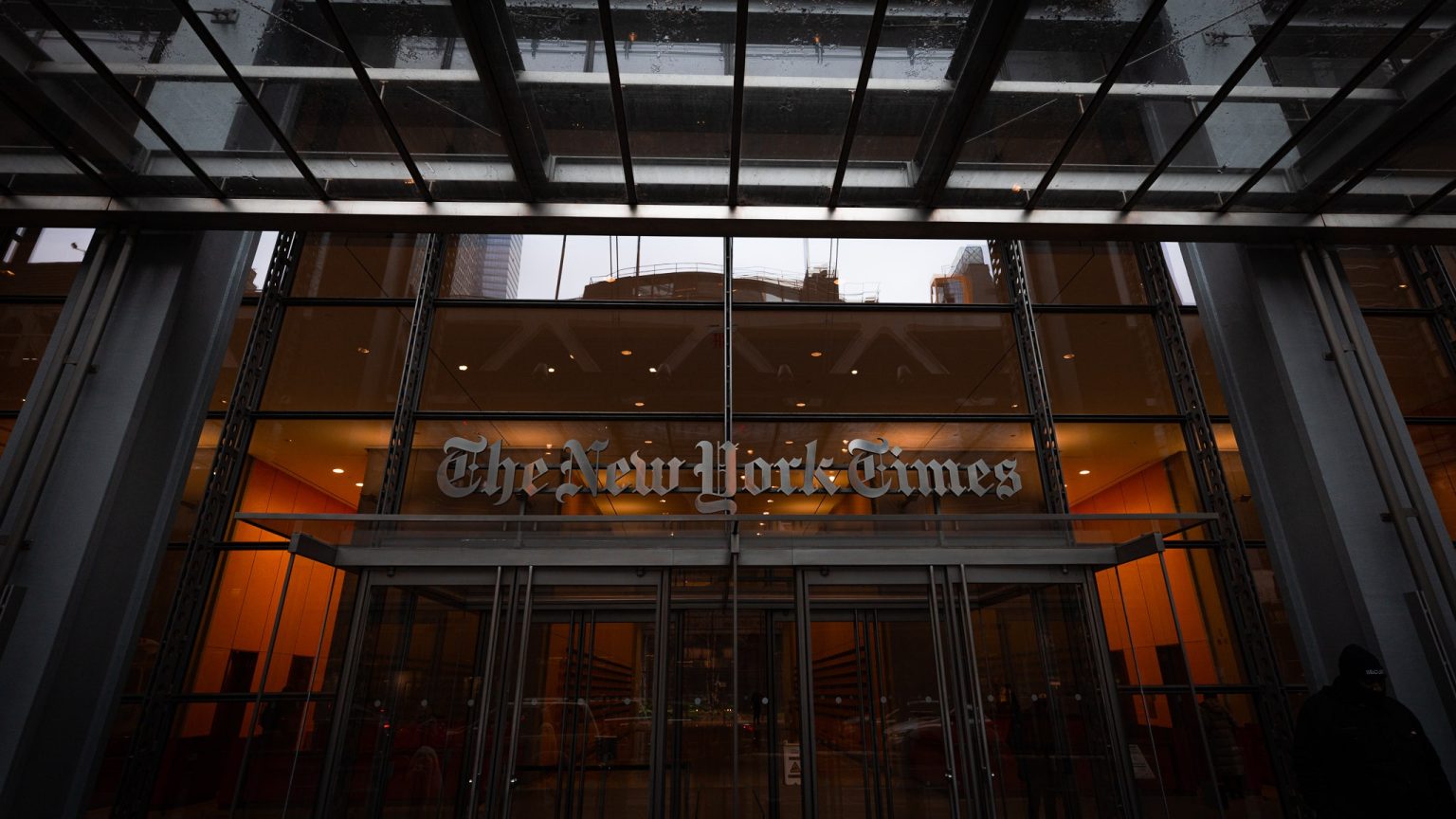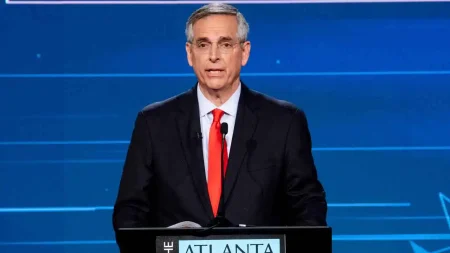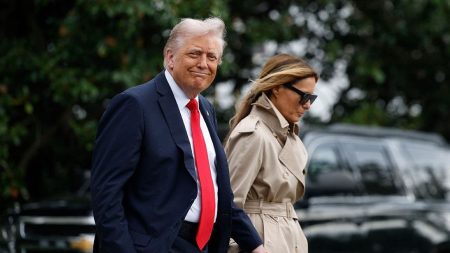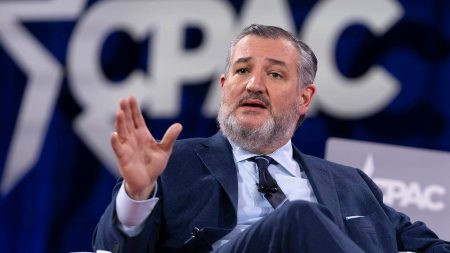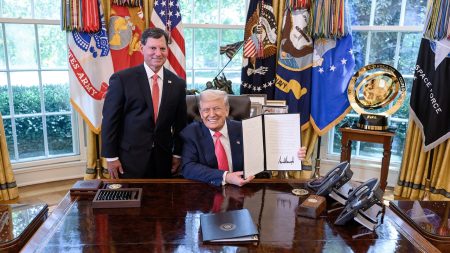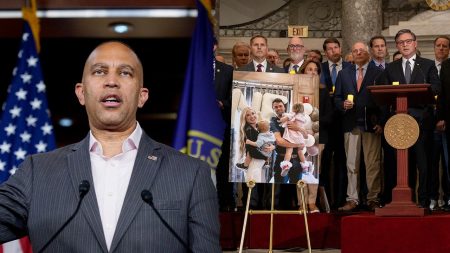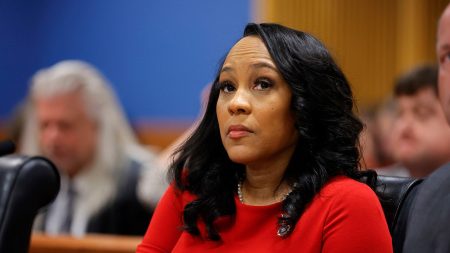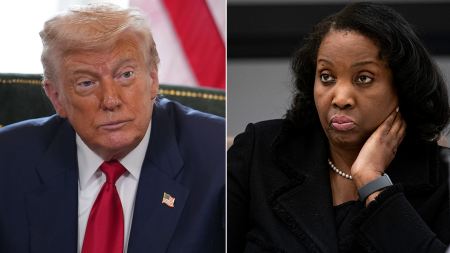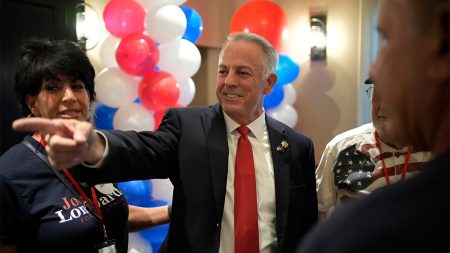The media landscape is currently in turmoil, with a divide between senior executives upholding traditional standards of fairness and younger, more liberal rebels pushing for their point of view to be represented. This power struggle has led major media companies to frequently cave to the demands of the more vocal and online-savvy liberals, risking integrity and objectivity in journalism. The most recent controversy has erupted at the New York Times, where a leak has led to an internal investigation into the coverage of the war between Israel and Hamas.
The leak, which was potentially damaging to the Times, has prompted Executive Editor Joe Kahn to conduct interviews with nearly 20 staff members in an effort to identify the source. The controversy centers around accusations that the suffering of Gaza residents is not receiving adequate attention in the coverage and questions about the reporting behind a story on Hamas weaponizing sexual violence. The leak of this internal debate to the Intercept has sparked accusations of the company targeting staffers with concerns about Gaza, particularly those of Arab and Middle Eastern descent.
Issues of bias and internal tensions have also surfaced at other media organizations, including the Wall Street Journal and NPR. NPR’s senior business editor Uri Berliner resigned after being suspended for publishing an unauthorized piece criticizing the network’s shift towards blatant liberal activism, particularly in its coverage of Israel and transgender issues. Meanwhile, tensions at the Wall Street Journal have emerged with reporters alleging skewed coverage either favoring Israel or Palestinians.
The trend of liberal newsrooms being in control, both in practice and on paper, is becoming more evident as controversies and internal conflicts continue to arise. The firing of James Bennet, the Editorial Page Editor of the New York Times, for publishing a column by GOP Sen. Tom Cotton advocating for military intervention in the 2020 urban riots, highlighted the sway of liberal voices within news organizations. The recent uproar over coverage of the Mideast war at the Times further underscores this divide and the challenges faced by traditional media outlets in balancing differing perspectives.
The rise of digital media and the influence of social media have shifted the dynamics within newsrooms, with younger and more liberal voices pushing for their viewpoints to be prioritized. Managers at major media companies are increasingly concerned with appeasing these rebels and avoiding backlash on social media, often at the expense of journalistic integrity. The ongoing conflicts and controversies within the media landscape point to a larger struggle between traditional journalistic standards and the demands of a more politically polarized and online-driven audience.
The current state of turmoil and conflict within newsrooms highlights the challenges faced by traditional media organizations in balancing traditional journalistic values with the demands of a more polarized and vocal audience. The power struggle between senior executives and younger, more liberal rebels, as well as the growing influence of social media on media coverage, are reshaping the landscape of journalism. As the battle over coverage intensifies and controversies continue to arise, the future of media ethics and objectivity hangs in the balance.




